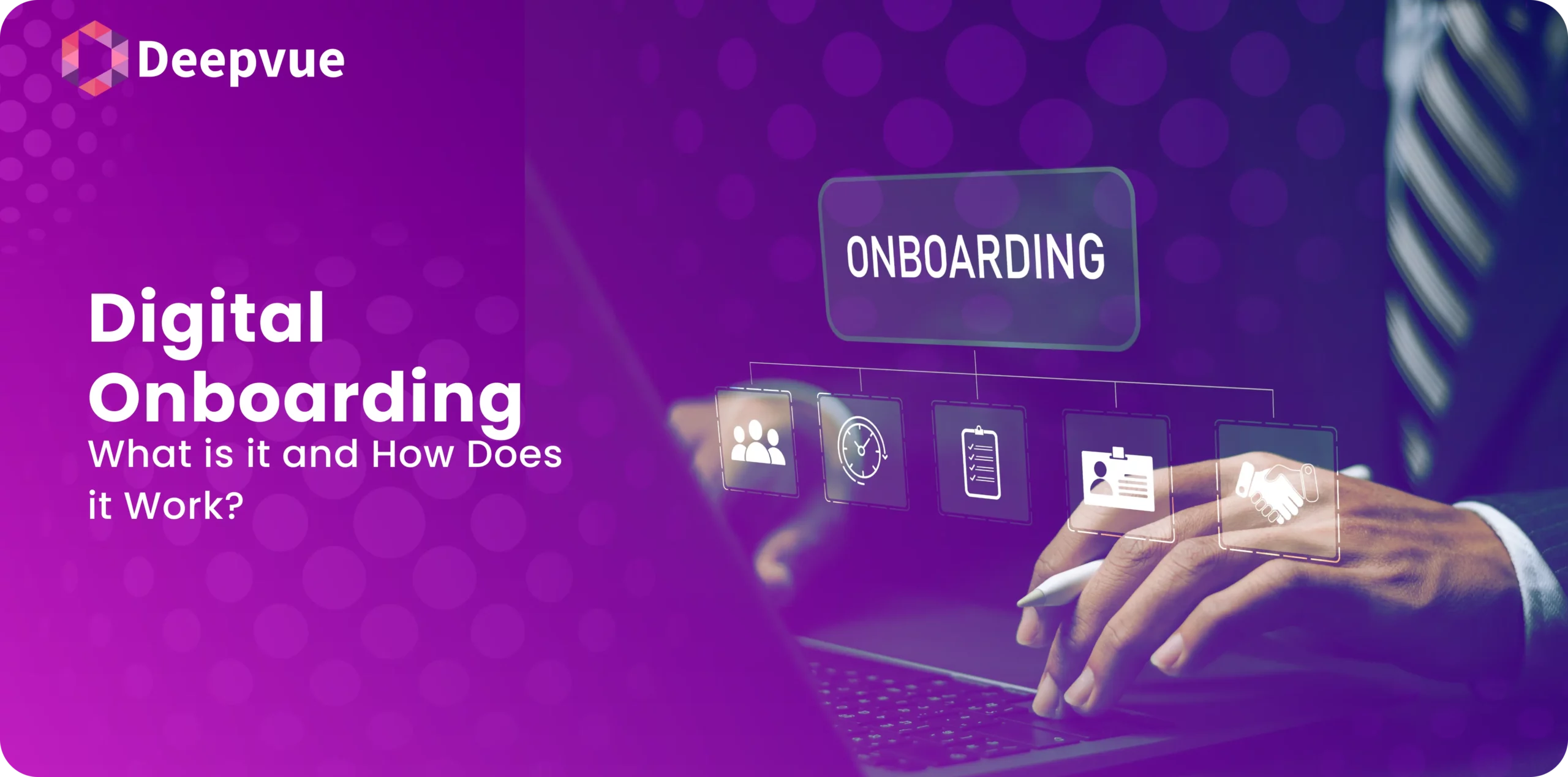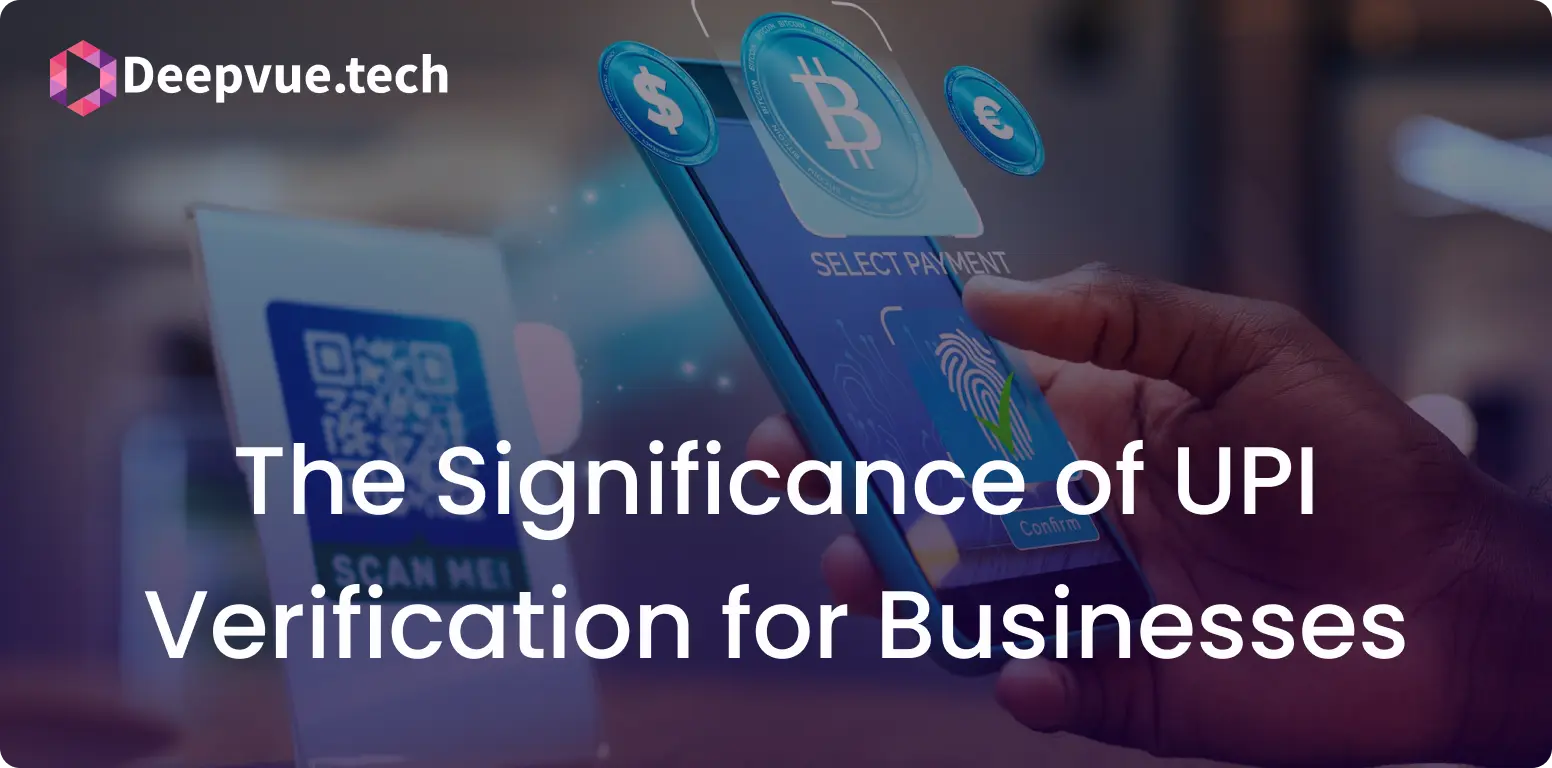Businesses have been constantly looking for ways to streamline their processes and enhance customer experiences, especially in this digital-first world. One such innovation that has gained significant chatter is digital onboarding. This method has reshaped the way companies onboard new customers, making the entire process more efficient, secure, and user-friendly.
In this article, we’ll explore what digital onboarding is, how it works, and why it’s becoming an essential part of modern business practices.
What is Digital Onboarding?
Digital onboarding is the process of adding new customers to the company’s system using online tools and technologies. Unlike traditional onboarding, which involves manual paperwork and face-to-face interactions, digital onboarding uses online platforms to verify customer identities and gather necessary information. This process is not only quicker but also reduces the chances of human error and enhances security.
Digital onboarding has become a critical component of Know Your Customer (KYC) compliance for financial institutions & other businesses. KYC regulations require companies to verify customer identities to prevent fraud and other illegal activities. Digital onboarding makes this process more efficient by automating the steps involved.
How Does Digital Onboarding Work?
The digital onboarding process can vary depending on the industry and specific requirements of the business. However, there are several common steps involved:
Step 1 – Data Submission
The first step of this process begins when customers enter personal information into the system. This includes submitting photo identity proofs, such as a passport or driver’s license, and taking a selfie for facial recognition purposes. In the case of businesses, additional documents like GSTIN registration certificate or trade licenses might be required.
Step 2 – Data Verification
Once the personal data is submitted, the system uses advanced technologies such as artificial intelligence (AI) and machine learning to verify the information. This involves comparing the selfie with the photo on the identity proof to ensure they match. The system also checks for any tampering or fraud using techniques like liveness detection.
Step 3 – Regulatory Compliance Checks
After verifying the customer’s identity, the system performs additional checks to ensure compliance with relevant laws & regulations. This includes cross-referencing the customer’s information with global watchlists, sanction lists, and politically exposed persons (PEP) databases. The aim is to assess the customer’s risk level and ensure they are not involved in any illegal activities.
Step 4 – Data Storage
Finally, the verified data is securely stored in compliance with data protection regulations. In the financial sector, for example, companies are often required to retain customer data for a specified period for regulatory purposes.

The 3 Key Types of Onboarding
There are several ways to implement digital onboarding, which suit the needs of different businesses:
Automated Digital Onboarding
This method involves minimal human intervention. Customers simply upload their documents and the system handles the rest, providing a quick and seamless experience.
Assisted Digital Onboarding
In this method, a customer service representative assists the customer through the onboarding process, often via a video call. This method combines the convenience of digital onboarding with the personal touch of human interaction.
NFC-Based Digital Onboarding
Near Field Communication (NFC) technology is used to read data from an NFC-enabled document, such as a passport or an ID card. This method is highly secure and can quickly verify the authenticity of the document.
Manual Digital Onboarding
Some businesses prefer a hybrid approach where customers provide their information online, but a human agent verifies the data manually at a backend. This method provides flexibility while still leveraging the benefits of digital processes.
The Benefits of Digital Onboarding
Digital onboarding offers many benefits for both businesses and customers:
1. Efficiency: Digital onboarding significantly speeds up the process as it automates most of the manual steps involved in traditional onboarding. This not only improves customer experience but also allows businesses to onboard more customers in less time.
2. Accuracy: Automated processes reduce the chance of human error, ensuring that the data collected is accurate and reliable. This is particularly important for compliance purposes, where mistakes can have serious consequences.
3. Cost Savings: Digital onboarding requires less physical resources and manual labor, which in turn leads to significant cost savings. Businesses can reallocate these resources to other areas, such as customer service or product development.
4. Security: Advanced verification technologies, such as biometric authentication and AI-based fraud detection, enhance the security of the onboarding process. This helps protect both the business and its customers from identity theft and other forms of fraud.
5. Convenience: For customers, digital onboarding offers the convenience of completing the process from anywhere, at any time. This flexibility has been a major selling point, particularly for tech-savvy customers who prefer digital interactions.
The Challenges of Digital Onboarding
- Ensuring the authenticity of users while preventing fraud can be difficult, especially with deepfakes and synthetic identities.
- Complex verification processes or lengthy forms can frustrate users and lead to high drop-off rates.
- Protecting sensitive user data from cyber threats while complying with regulations like GDPR and CCPA is a challenge.
- Meeting industry-specific regulations (e.g., KYC, AML) requires constant updates to onboarding processes.
Digital Onboarding in Corporate Banking
Corporate banking has unique requirements when it comes to onboarding new clients. The process is often more complex than in retail banking, involving additional checks and documentation. Digital onboarding can streamline these processes, making it easier for banks to manage their corporate clients.
For instance, a corporate bank might use digital onboarding to verify company representatives’ identities, check business documents, and assess the company’s risk level. By automating these steps, banks can reduce the time and effort required to onboard new corporate clients, allowing them to focus on building strong business relationships.
Conclusion
Digital onboarding is the main reason for the significant shift in the way businesses interact with new customers. By leveraging digital technologies, companies can create a more efficient, secure, and user-friendly onboarding process.
Whether you’re a financial institution looking to enhance KYC compliance or a corporate bank aiming to streamline client onboarding, digital onboarding offers a solution that can meet your needs.
As businesses continue to sail through the digital landscape, investing in robust digital onboarding solutions will be crucial. These tools not only improve operational efficiency but also enhance the overall customer experience, helping companies stay competitive in a rapidly evolving market.
To learn more about how Deepvue’s Verification Suite can enhance your verification processes, visit Deepvue.tech and explore their range of APIs designed to ensure accuracy and efficiency.
FAQs
What is digital onboarding?
Digital onboarding uses online tools to add new customers to a company’s system, unlike traditional methods involving manual paperwork and face-to-face interactions.
What technologies are used in digital onboarding?
Technologies include artificial intelligence (AI), machine learning, biometric authentication (like facial recognition), and Near Field Communication (NFC).
How does digital onboarding improve security?
Digital onboarding enhances security with advanced verification, biometric checks, AI fraud detection, and compliance checks against global watchlists.
Can digital onboarding be customized for different industries?
Yes, it can be tailored to meet specific industry requirements, adjusting document types, automation levels, and compliance checks.
What are the benefits of digital onboarding for businesses?
Benefits include increased efficiency, reduced human error, cost savings, enhanced security, and improved customer experience.








